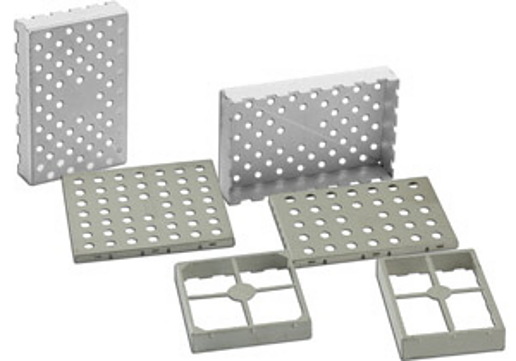Hardware for portable devices has been increasing at a rapid rate, and such developments have given rise to the demand for ultra thin thermal conducting materials (TCM). These combine high thermal conductivity with amazing electromagnetic interference (EMI) shielding material. This helps in the efficient dissipation of heat and minimizes the problems generated by EMI from electronic parts, like high speed processors. For this purpose, graphene oxide (GO) films are fabricated with the aid of direct evaporation of GO suspension while being subjected to mild heating.
EMI Shielding Requirements
Nowadays, portable hardware and gadgets remain equipped with high speed processors and other advanced electronic components. This means they generate considerable heat and form undesirable electromagnetic energy. This can seriously compromise the lifetime and performance of these source electronic parts along with the function of nearby components. In order to combat this situation, efficient dissipation of heat along with minimization of issues connected to the electromagnetic interface is required and this is possible only through TCMs that possess excellent EMI shielding and high thermal conductivity. Graphene is a newly discovered carbon allotrope that contains both of these unique properties, making it a great alternative to traditional EMI shielding materials and TCMs.
Properties for Excellent EMI Shielding
Ultra thin graphite-like graphene films are produced through the graphitization of GO films. These films have a thickness of ≈8.4 µm and are highly effective when it comes to EMI shielding. They also possess high in-plane thermal conductivity of ≈1100 W m −1 K −1. Coupled with their astounding structural integrity at the time of bending and impressive mechanical flexibility, these make an excellent new alternative towards producing high quality TCMs with effective EMI shielding capabilities.
Evolution in EMI Shielding Material
In the past, attempts were made to disperse graphene into a polymer matrix for improving the electrical conductivity and thermal effectiveness of the composite. Unfortunately, very minor improvements were achieved in terms of thermal performance owing to high thermal interface between the matrix and graphene. Higher value could be achieved by increasing the graphene loading, but it seriously compromised the mechanical properties and thickness of the material. So, in spite of EMI shielding characteristics, the sample thickness made them impossible for portable device hardware like new smartphone models. Thus, was born the new ultrathin graphene-based substance for high performance TCMs with good EMI shielding.
Why Are GO Films the Best Choice?
GO happens to be the most accessible precursor of graphene and it has generated great interest among the electronics industry, which views it as the new building block for manufacturing macroscopic materials. This might be attributed to its good dispersion in water and other polar organic solvents.
Thermally reduced graphene films did not contain any oxygen, but the structural defects were still present. To combat these defects, the post-treatment of reduced graphene films under graphitization condition is the suitable solution. The resulting graphene film boasts continuous oriented graphene layers that show very little defects. This kind of macroscopic graphene film showcases a great combination of amazing electrical and thermal conditions, and might be treated as a promising ultrathin TCM with high grade EMI shielding properties.
Large scale production of GO films may be possible through graphitization. The final product exhibits a graphite-like structure and contains great EMI shielding capacity. This is the reason why the graphitization of GO films is treated as the best alternative method to producing excellent EMI shielding materials. Their efficiency has been tested and they have shown to have other attractive properties, like thermal conductivity as well. However, you must discuss with your shielding solutions provider to see what works as the best EMI shielding material for your particular application. Choosing the right material is important for optimum efficiency and desired results.

